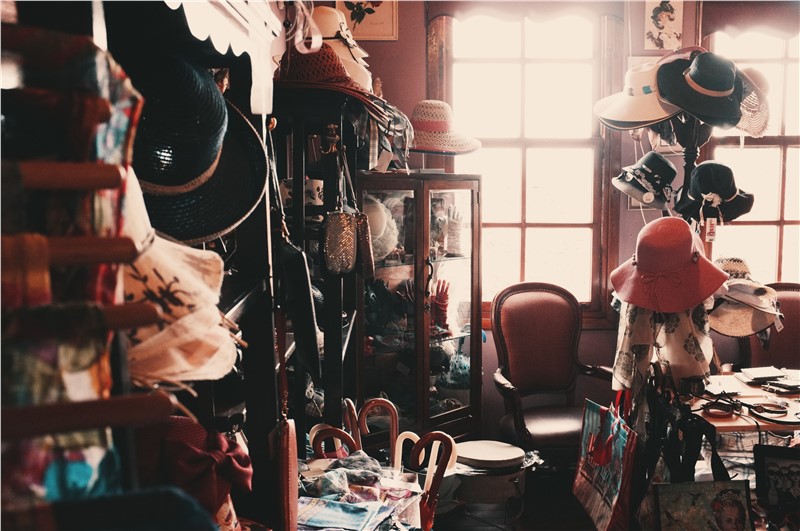
Moving is difficult both emotionally and physically. One of the things you can do to ease the physical aspect is to edit your possessions in order to lighten your move. If you have lived in your place for any considerable length of time, no doubt you have accumulated (and accumulated!) an enormous amount of stuff. I'm not sure what it is about people, but many of us just seem to have a hard time throwing things away as we go. What we end up with is a strange collection of odds and ends that we have not used, will not use, and in some cases cannot imagine what in the world possessed us to buy them in the first place - I'm talking to you 1970s platform shoes for men!
You Can't Start Too Soon
You can't start this process too soon, so get in gear as soon as you decide you are moving. Start well before your lease is up or your house is sold. In fact, if you are selling your home, there's an added bonus. Getting rid of clutter can make the home show better and sell faster. Remember, clutter is stressful, and moving is stressful. Moving clutter is well, let's just say it's expensive and leave it at that! I know going through everything is hard to do, but you will feel so much better after. This is a prime example of how physical action can have emotional benefits.
Take Stock & Prioritize
The first step is to prioritize your belongings. The highest priority should be precious items. Go through your home and determine which things you truly love. In this case I am not talking about that favorite pair of worn jeans that you love to wear when you are just relaxing around the house. I'm talking about items with real emotional meaning in your life, or things of great financial or sentimental value. These are the first things to keep: Family photos, gifts from loved ones, and items that preserve cherished memories are all treasures that clearly will move with you, whether or not they will be displayed in your new home.
The second highest priority should be functional items. This includes furnishings and other household items that are in good condition and you don't want to replace. But, if you have furniture that is in poor condition or won't really work in your new home, consider getting rid of it! For a truly fresh start, try not to bring anything you don't absolutely need or value into your new space.
The same goes for the kitchen. Of course you need dishes, cookware, flatware, and such. Try to weed out items that are chipped or broken, though, as well as duplicate items. After all, how many can openers, corkscrews, or ice cream scoops do you really need? Be smart. Thin it all out. If you are at a time in your life when you are no longer cooking a lot, keep only the pots, pans, and utensils you will use going forward.
Third, select the things that enhance your current lifestyle. They may not be necessities, but we sure do love them! That tennis racket may have enhanced your life a great deal before you hurt your knee. But if that knee injury means you are not getting on the tennis court again, no matter how much you want to, it is time to let it go.
Closets
For some reason, clothes closets are tough. There is a lot to deal with there. You have that outfit that is barely worn but is now too small - you hate to toss it because it was a great buy, and someday it might fit again! Even if you have no other tendency toward hoarding, this could be your hoarding Achilles heel.
How do I know this? From personal experience, of course! I am by no means a hoarder, but my closet is completely filled and 90% of what's in it I either won't wear or can't wear. Why I keep this stuff is one of the great unanswered questions of the universe. If you can relate (and I know you can), then this move is your opportunity to take a stand against the over-crowded closet. Here are a few guidelines to work with.
Don't work from the rack. Take everything out of the closet. I mean it. Before you start picking and choosing, that closet should be completely empty. Once you have everything out, it is decision time. Take each item, and ask yourself the following questions (and do yourself a favor and be honest!
Would you buy it today?
Does the item fit you?
If the item doesn't fit, can it be altered to fit (and is the cost of the alteration worth it)?
Is it in good condition?
Have you worn it in the last 12 months?
If even one answer is no, it's probably time to let it go. The only exception to these rules may be items like wedding dresses or other clothing articles that you know you won't wear again but they represent important events or memories. Those get prioritized under things you love, discussed above.
Now What?
Once you have finished sorting everything in the house and you know what is staying and what is going, what do you do with all the things you decided will not be moving with you? You have several options.
Sell It Online
If any of the items are in really good condition or have collectible value, they may be worth money to someone. Try to sell it. Figure out what it is really worth, price it, and see if you can get that amount on eBay or other outlets where people sell their things. If it is priced fairly, and there is a market for the item, it should sell. Any money you make is a win, and don't forget to factor into that the money you will save by not moving these items.
Have a Garage or Yard Sale
I know. Nobody likes this. You work like a dog, so people can paw through your entire life, make inappropriate comments about your taste, and then offer ridiculously low amounts for things you once paid good money for. It's no fun. Just remember, even if you get 10 cents on the dollar for the things you have decided you don't even want, you are that much ahead versus throwing it directly in the garbage.
If You Can't Sell It, Give it Away
Now that you have sold anything anyone will pay for, take what's left and donate it. Every community has many opportunities for charitable giving, and as long as the things are in reasonably good shape, they will be happy to accept what you have. You may not be getting any cash for them, but you should be able to get some kind of receipt with a value placed on the donation that you can use at tax time.
After the Deed is Done
Once you have gone through this process, you will be nothing short of amazed. We never really grasp just how much clutter we have until we look around after it is gone. Your space will feel larger. Your heart will feel lighter. Clutter is chaotic. Order is calming. You put in a lot of hard work, so take a deep breath, make yourself a cup of your favorite hot beverage, and relax!
Subscribe to Solomon & Sons Relocation Services's Blog

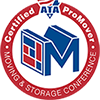


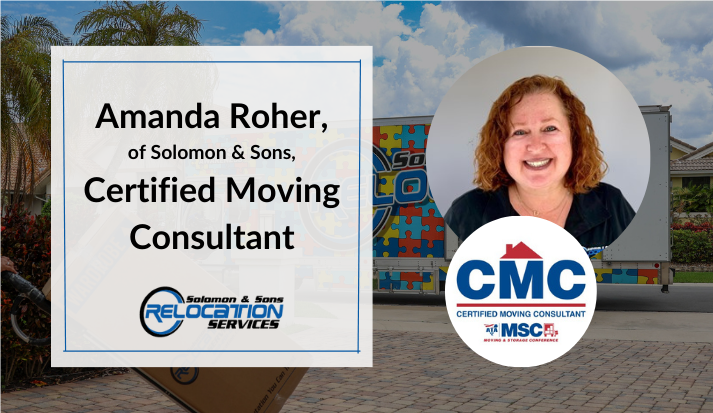

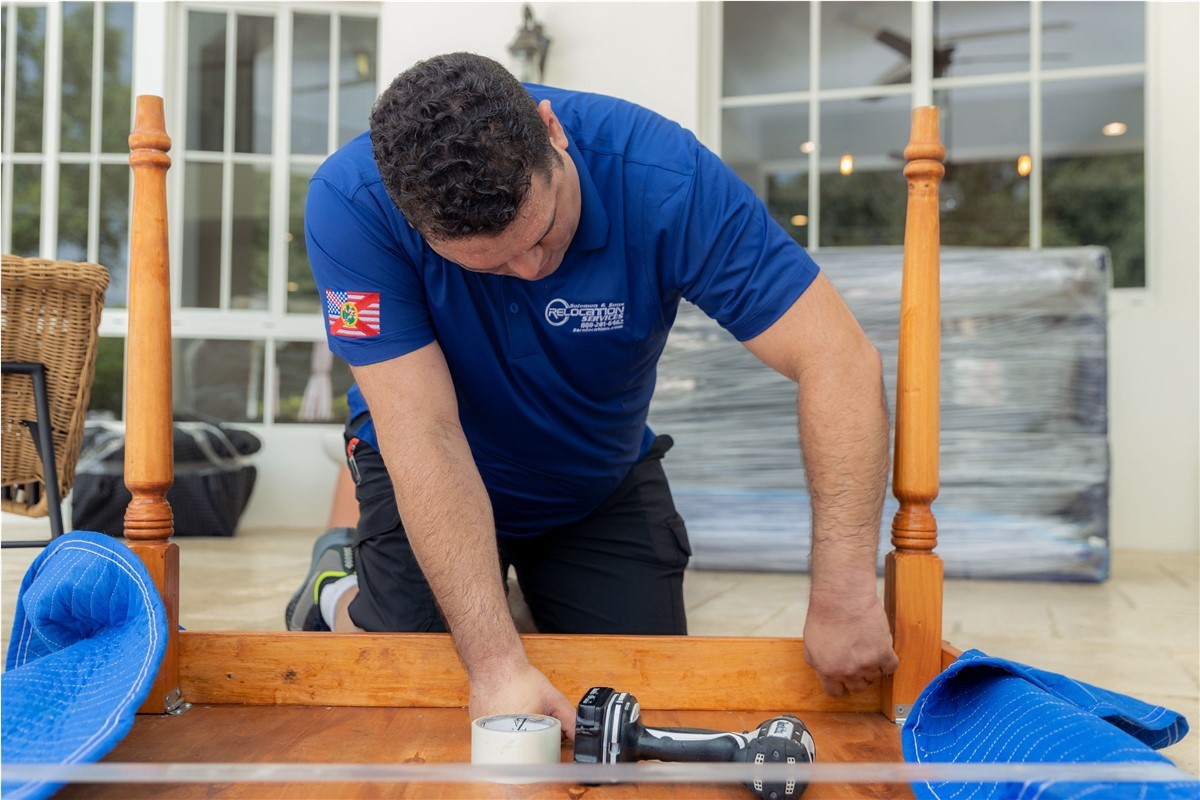

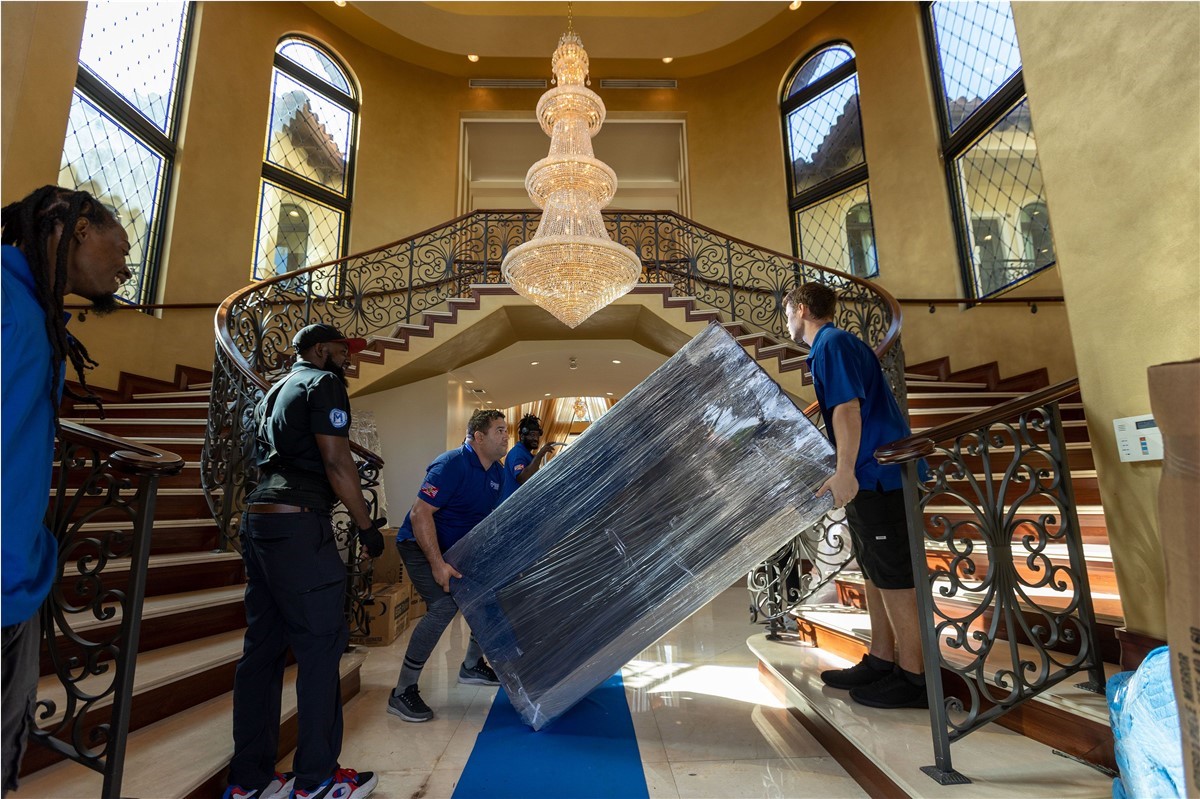



Comments